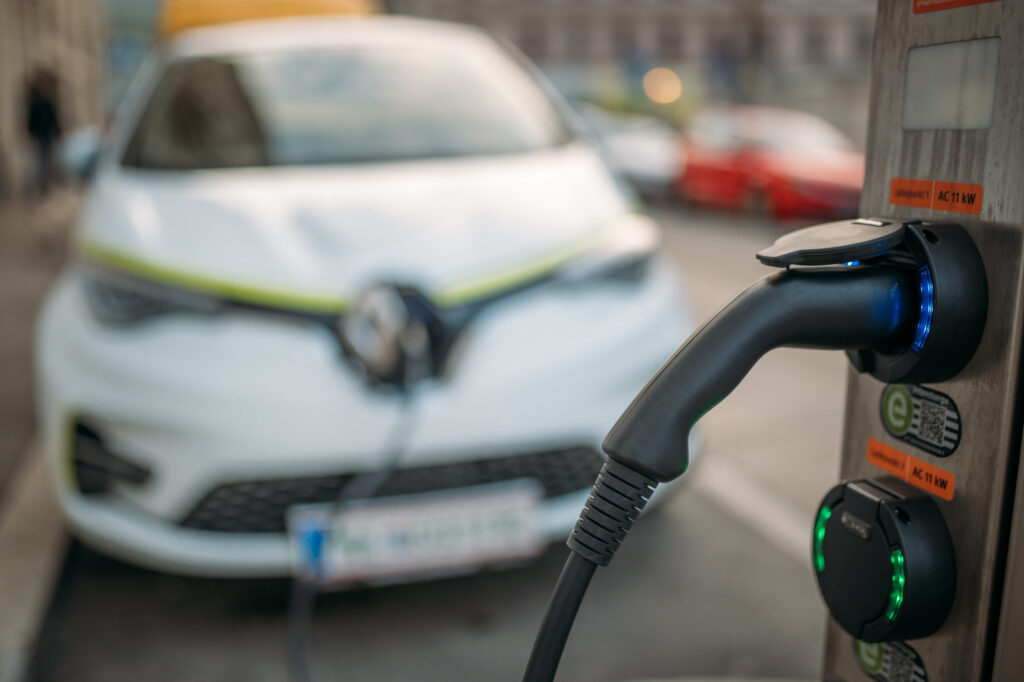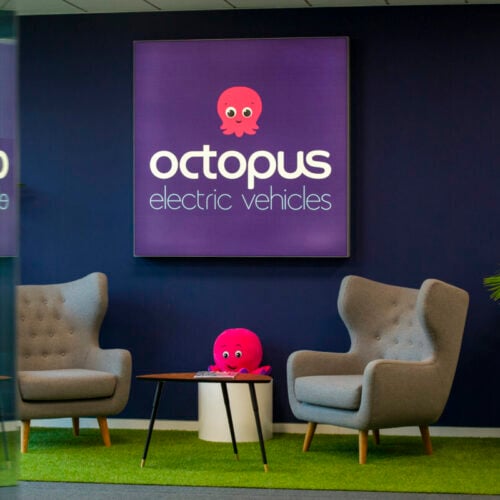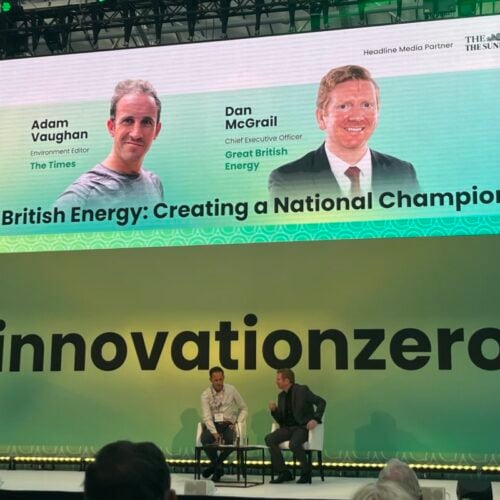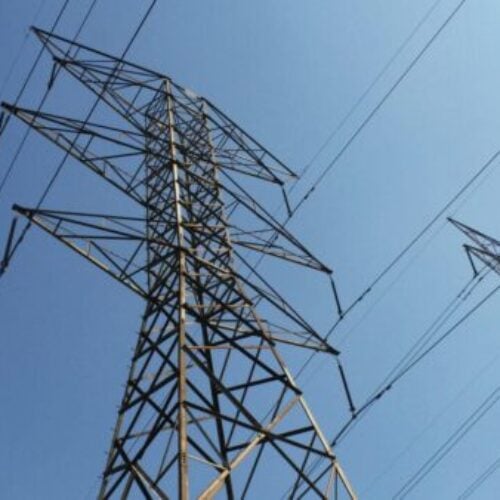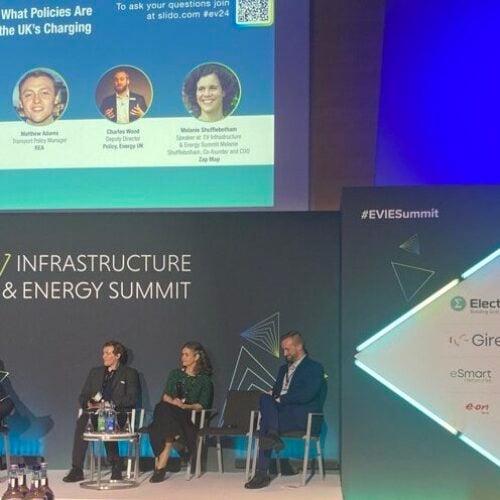As a result of high wholesale electricity costs, Cornwall Insight has disclosed that several EV chargepoint operators (CPOs) have utilised dynamic pricing across public networks.
In doing so, EV drivers gain access to electricity at lower rates enabling cheaper charging costs during off peak hours and higher prices during periods of peak demand. The CPOs known to have enforced this include GeniePoint, Ubitricity, Char.gy and Tesla.
Dynamic pricing has become an additional tool for use amid the energy and cost of living crises. Its use sees better reflected higher input prices, which finds CPOs charged more for electricity when there is more demand on the networks, while still being able to offer EV drivers cheaper rates outside peak times.
While the government stepped in to provide support for domestic electricity users – setting a cap of 34.0p/kWh for electricity and 10.3p/kWh for gas from October – no such cap limits the growth of EV charging network rates. The absence of a cap on EV charging rates has seen CPOs increase the price of public charging across the UK.
As a result, in September 2022, the average weighted price of charging at a slow or fast charger – typically found on-street or at a destination such as supermarkets or car parks – stood at 39p/kWh in the UK. The price for a rapid or ultra-rapid charge point, typically used for high speed en-route charging, was 56p/kWh.
With no end in sight for the energy crisis, Cornwall Insight believes CPOs might be more inclined to explore dynamic pricing to maintain competitiveness in the market and also support EV drivers transition to clean mobility.
“Against the backdrop of rising commodity costs, charge point operators are trying to price in a way that supports the best use of their network, while still reflecting high input costs. Dynamic pricing may be a useful tool in this task, if done well. In many cases it will clearly be preferable to pushing up costs across the whole day,” said Oliver Archer, lead analyst at Cornwall Insight.
“The challenge lies in setting a tariff that works for CPOs and drivers. Using the public network can already be complex and frustrating, and CPO’s need to ensure that dynamic pricing is seen as an opportunity by customers and not simply another inconvenience.
“This includes getting the tariff structure right and helping drivers to navigate a network of moving prices from multiple operators. The risk is that difficult decisions prompted by the energy crisis could push us towards dynamic pricing faster than we can help customers adjust to and take advantage of it.”
The increase in public charging rates has led to increased levels of charging disparity in the UK. The price difference of those protected under the Energy Prices Bill has made drivers that are able to afford private chargers financially secure in comparison to drivers who are reliant on public charging.
This must be addressed in order to maintain a just transition on the UK’s transportation sector and enable all to confidently adopt EVs without being exposed to volatile charging prices.
